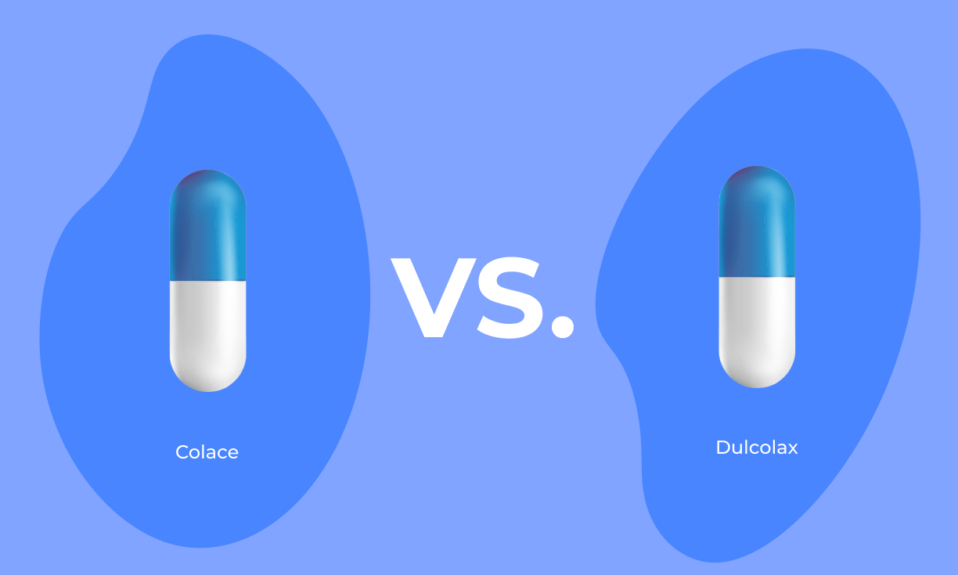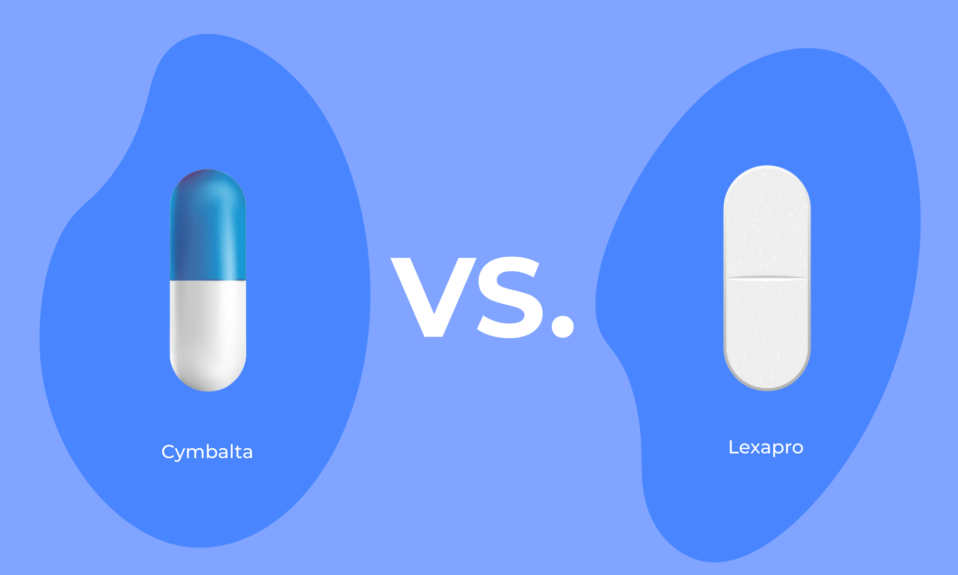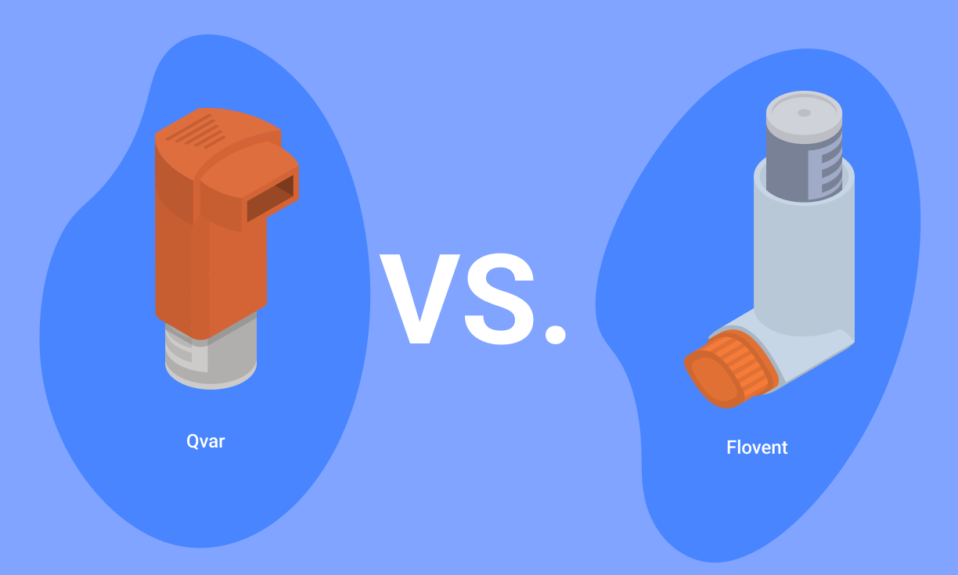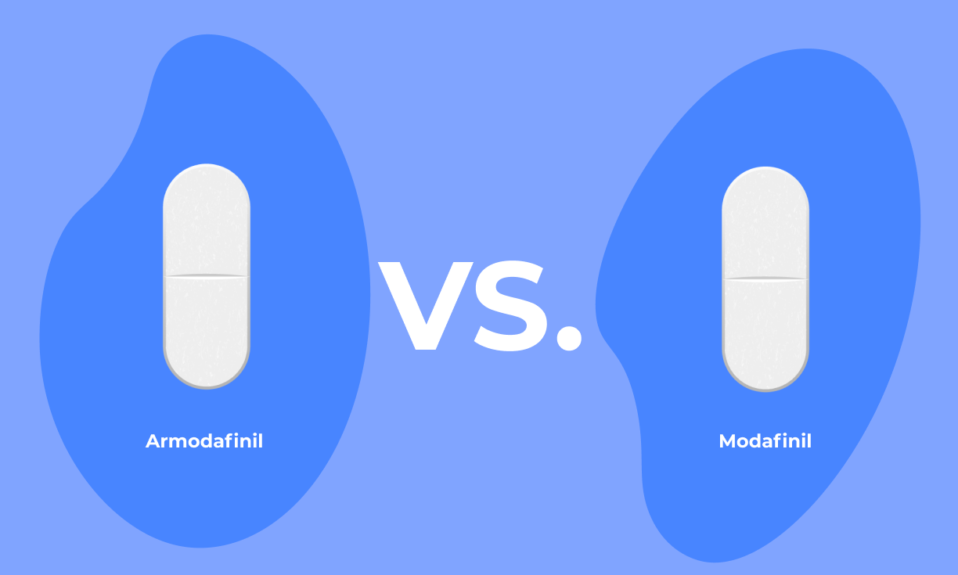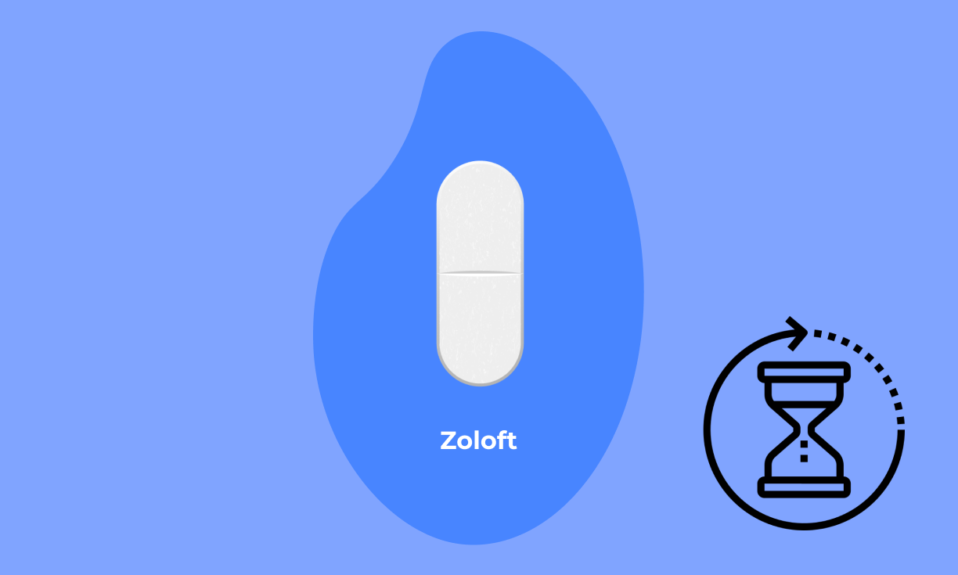Table of Contents Hide
Colace and Dulcolax are two different medications for the treatment of constipation. Constipation is a prevalent health condition accompanied by difficulty, pain, and lack of periodicity concerning defecation. Over 4 million people in the United States have frequent constipation. Constipation is the most common digestive complaint in the United States, outnumbering all other chronic digestive conditions.
The causes include fecal withholding behaviors and anatomic, metabolic, and endocrine abnormalities. Behavioral changes, toilet training, dietary modifications, medical supervision, and sometimes even surgery may be required for managing and treating constipation.
The two most common types of medications for the treatment of constipation are laxatives and stool softeners. A laxative is the first line of treatment for constipation that increases the fecal transit time by stimulating intestinal motility and secretion. Stool softeners, on the other hand, increase the lipid and moisture content of the fecal matter, thus, facilitating the passage of feces through the gastrointestinal tract.
What Is Colace?
Colace, also known as docusate sodium, is a stool softener or surfactant laxative having a detergent-like action. The underlying mechanism involves reducing the surface tension of the fecal oil-water interface to facilitate the movement of water and lipids, thus, softening the fecal matter. Colace may be administered orally, such as capsule, tablet, and syrup, or via a rectal route, such as enema and suppositories. The typical oral dosage of Colace ranges from 50-300 mg daily.
What Is Dulcolax?
Dulcolax is the brand name of bisacodyl. This pharmacologic formulation is used for the treatment and management of constipation. Dulcolax is a stimulant laxative that alleviates constipation-related symptoms, promotes normal bowel function, and improves the quality of life. Dulcolax or bisacodyl is administered in the form of a coated tablet that resists the digestion of Dulcolax in the stomach and small intestine, ultimately reaching the colon. Bacterial enzymes and intestinal deacetylase lead to the formation of the deacetylated active metabolite, which promotes peristalsis. Dulcolax is administered through oral and rectal routes.
Key Differences And Similarities Between Colace and Dulcolax
Route of administration
Colace is administered in the form of capsules, tablets, syrup, enema, and suppositories. On the contrary, Dulcolax is administered via oral capsules and fecal routes.
Mode of action
Colace is a stool softener that increases the fat and water content of the fecal matter, making the feces softer to facilitate the passage of fecal matter through the colon. On the contrary, Dulcolax is a stimulant laxative that promotes the motility of the colon and faster passage of fecal matter through the colon.
Duration of onset
Dulcolax mediates therapeutic effects in the large intestine approximately 6-12 hours after oral administration or 15-60 minutes following rectal administration. On the contrary, Colace takes approximately 12-72 hours to demonstrate therapeutic effects.
The safety profile in pregnancy
Colace administration may lead to symptomatic neonatal hypomagnesemia, while no side effects are observed in the pregnant female. On the contrary, Dulcolax administration is accompanied by abdominal cramps and electrolyte imbalances in the pregnant female.
Check out other informative articles on our blog
Drug Interactions – Colace vs. Dulcolax
Dulcolax or bisacodyl has the following drug interactions.
1. Sodium sulfate/potassium sulfate/magnesium sulfate
2. Deflazacort
3. Dichlorphenamide
4. Sodium sulfate/magnesium sulfate/potassium sulfate/polyethylene glycol
5. Potassium citrate
6. Potassium chloride
7. Potassium acid phosphate
Colace has no known drug interactions except for mineral oil.
Adverse Effects – Colace vs. Dulcolax
The adverse effects of Colace are listed below. Bitter taste and throat irritation arise with the administration of liquid pharmacologic formulation and syrups. These symptoms may be alleviated by intake of this drug along with a sufficient amount of water.
Colace is contraindicated in patients who may develop hypersensitivity reactions in response to the drug. Patients suffering from nausea and vomiting, intestinal obstruction, fecal impaction, appendicitis symptoms, and acute abdominal pain shall also avoid Colace. Individuals who are self-medicating for over a week shall not consume Colace.
1. Anorexia
2. Diarrhea
3. Vomiting
4. Abdominal cramps
5. Rash
6. Bitter taste
7. Throat irritation
Dulcolax is contraindicated in patients suffering from rectal bleeding, hypersensitivity, severe impaction, vomiting, and clinical presentation of acute surgical abdomen and appendicitis. The adverse effects of Dulcolax or bisacodyl are as follows. Chronic use of Dulcolax may lead to laxative dependence.
1. Weakness
2. Abdominal cramping
3. Vomiting
4. Imbalance in fluids and electrolytes
5. Abdominal pain
6. Excessive diarrhea
7. Vertigo
8. Nausea
9. Rectal burning
10. Muscle cramps
11. Dizziness and confusion
12. Irregular heartbeat
13. Reduced micturition
Conclusion
Constipation is among the most common health conditions that individuals from all age groups suffer from. The onset of constipation is multifactorial and involves anatomical abnormalities, and physiological, endocrine, and metabolic impairment. Colace and Dulcolax are over-the-counter medications used to treat and manage constipation and constipated-related symptoms.
Frequently Asked Questions
Colace vs. Dulcolax – Which one is safe during pregnancy?
Pregnant women are prone to developing constipation owing to increased progesterone and decreased motilin concentration, elevated water absorption, and increased supplementation of vitamins.
Colace is not associated with any side effects during pregnancy. However, one case report reveals the onset of symptomatic neonatal hypomagnesemia due to chronic use of Colace by the mother during pregnancy. Stimulant laxatives such as Dulcolax may cause abdominal cramps and electrolyte imbalances in mothers during pregnancy.
What is the difference between a stool softener and a laxative?
A stool softener is a surfactant that reduces the surface tension of the fecal matter and allows the lipids and water to penetrate the fecal matter. Increased content of moisture in the feces causes the feces to soften and pass through the colon with ease.
On the contrary, laxatives increase the motility of the intestinal walls, and increased peristalsis causes the fecal matter to pass more readily.
References
https://pubchem.ncbi.nlm.nih.gov/compound/Docusate-sodium
https://www.ncbi.nlm.nih.gov/books/NBK555942/
https://www.ncbi.nlm.nih.gov/books/NBK548205/
https://www.ncbi.nlm.nih.gov/pmc/articles/PMC3418980/
https://www.ncbi.nlm.nih.gov/pmc/articles/PMC3348737/
https://www.ncbi.nlm.nih.gov/books/NBK513291/


